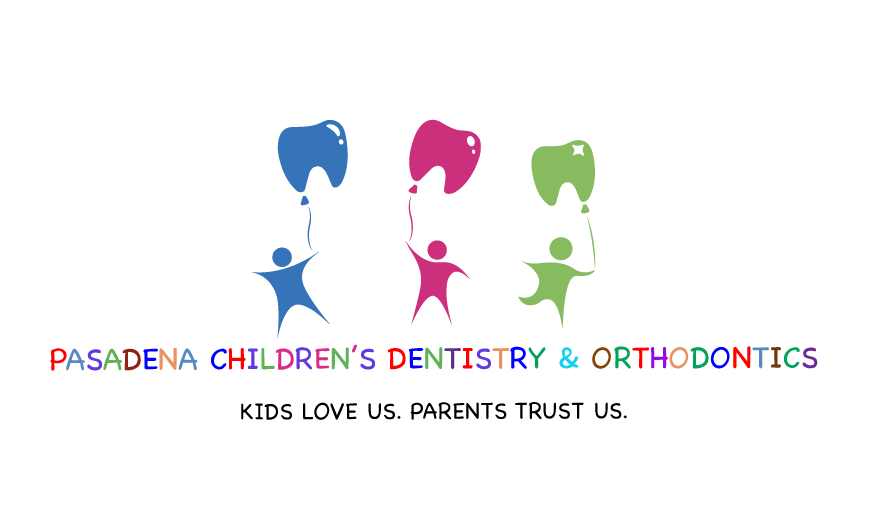
Pulpal therapy is a pediatric dental treatment used to treat and preserve a child's natural tooth that has been affected by an injury or tooth decay. The pulp is soft tissue located inside the teeth. When a tooth becomes damaged or decayed, the pulp may be exposed to bacteria, causing infection and pain. Rather than extract the tooth entirely, the infected pulp may be removed and replaced with a filler that prevents bacteria from further damaging the tooth.
Did you know…
that pediatric dentists use pulp therapy to treat both primary and permanent teeth? Saving the 'baby teeth' is important for the long-term oral health of a child. When a primary tooth is extracted prematurely, the neighboring teeth may become crowded and future permanent teeth may emerge with poor alignment. Pulp therapy helps ensure an infected primary tooth remains intact until it naturally falls out.
Frequently Asked Questions
How do I know if my child needs pulp therapy?
Only your child's pediatric dentist can diagnose a diseased tooth. However, an infected pulp may cause certain symptoms in a child, such as a chronic or a frequent toothache, swelling and sensitivity to hot and cold temperatures.
Will pulpal therapy change the appearance of a child's tooth?
Pulpal therapy requires removal of disease pulp within the tooth. Though pulpal therapy does affect the appearance of the natural teeth, it is not noticeable when capped with a dental crown. Pediatric dentists use dental crowns to cap treated teeth not only for cosmetic purposes but also to help prevent future tooth damage or fracture.
What will my child experience when undergoing pediatric pulp therapy?
A child may be sedated for a pulp therapy procedure. Initially, the treatment site will be numbed to prevent patient discomfort. The diseased pulp is carefully removed, whether in part or in whole. The canals inside the tooth are cleaned and filled with a therapeutic material. Finally, the tooth is capped with a dental crown to protect it and provide a discreet appearance.

















